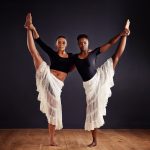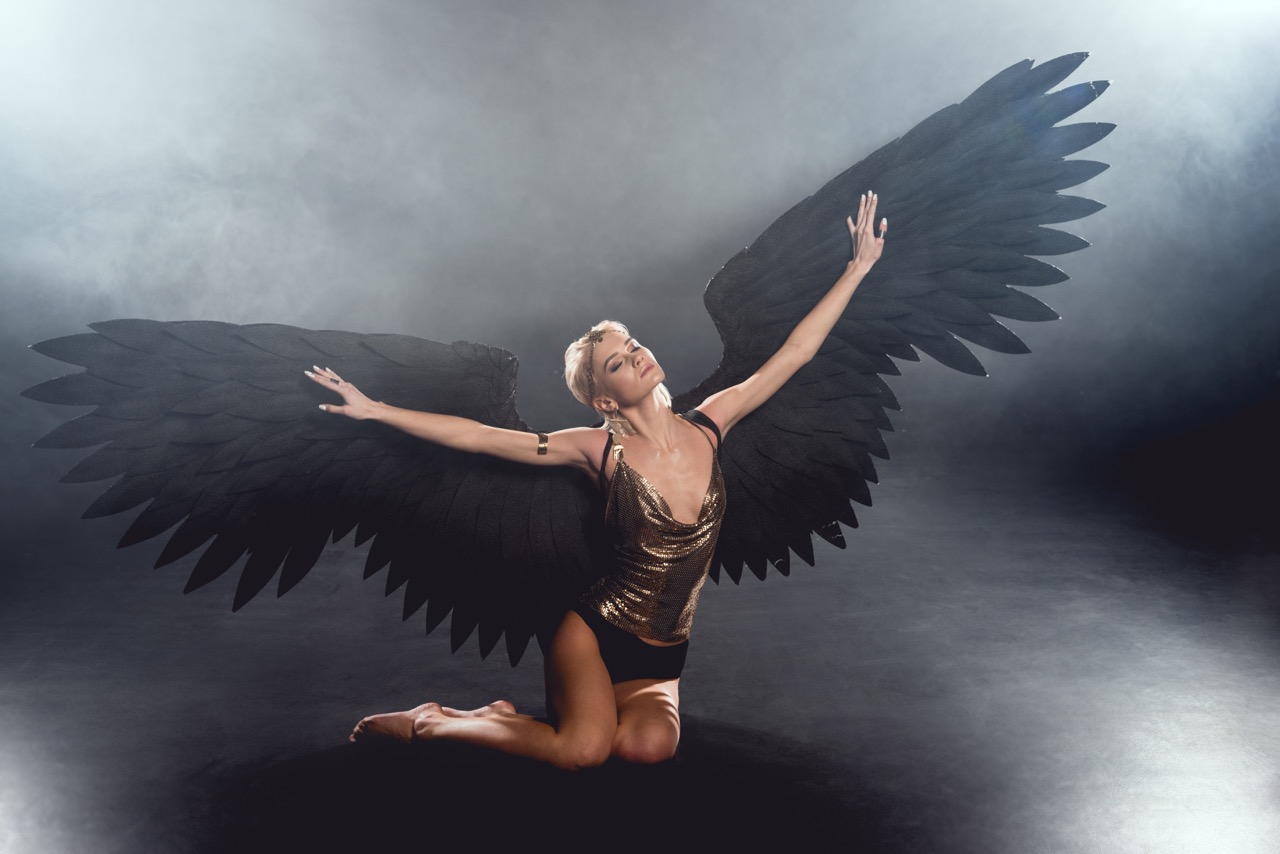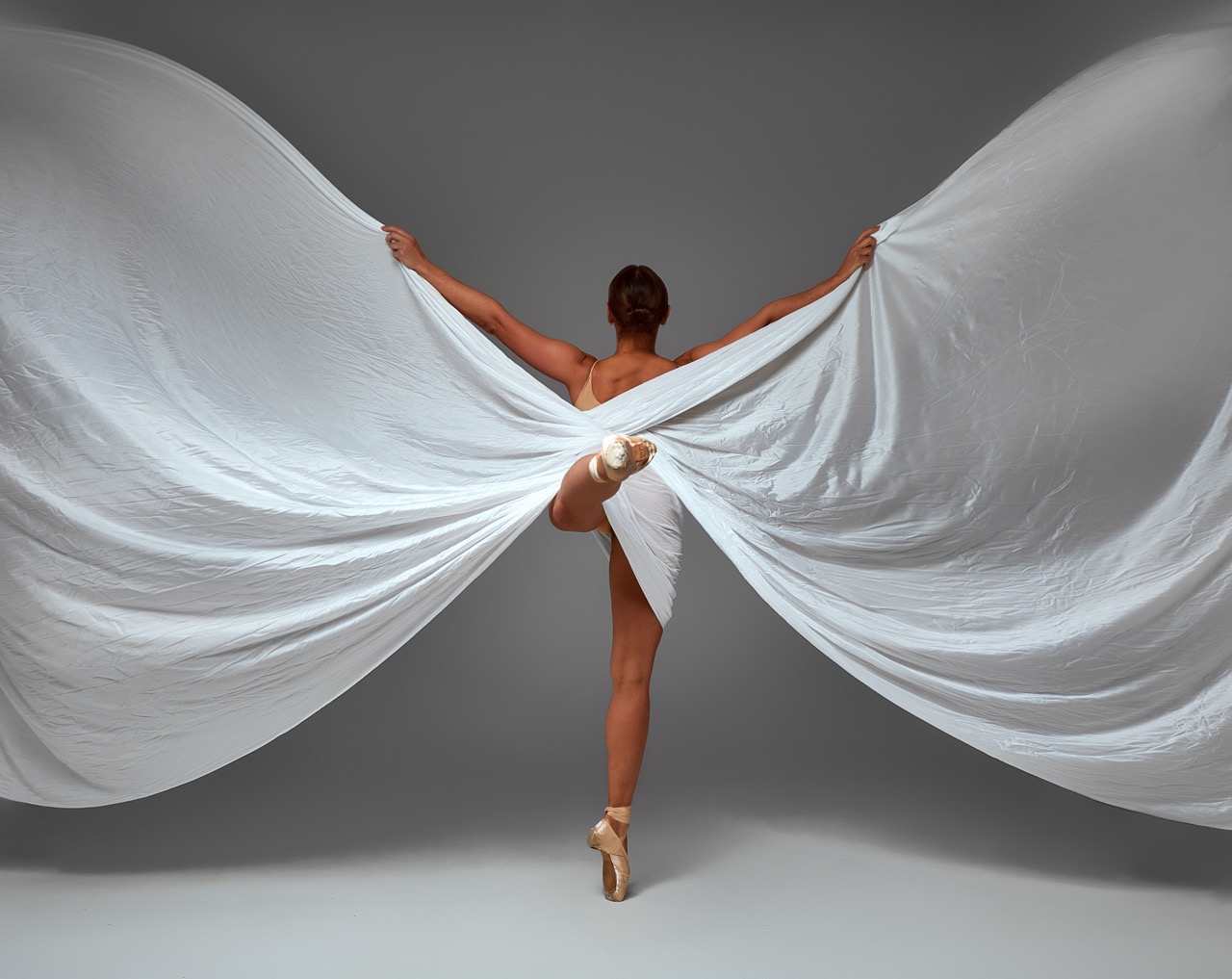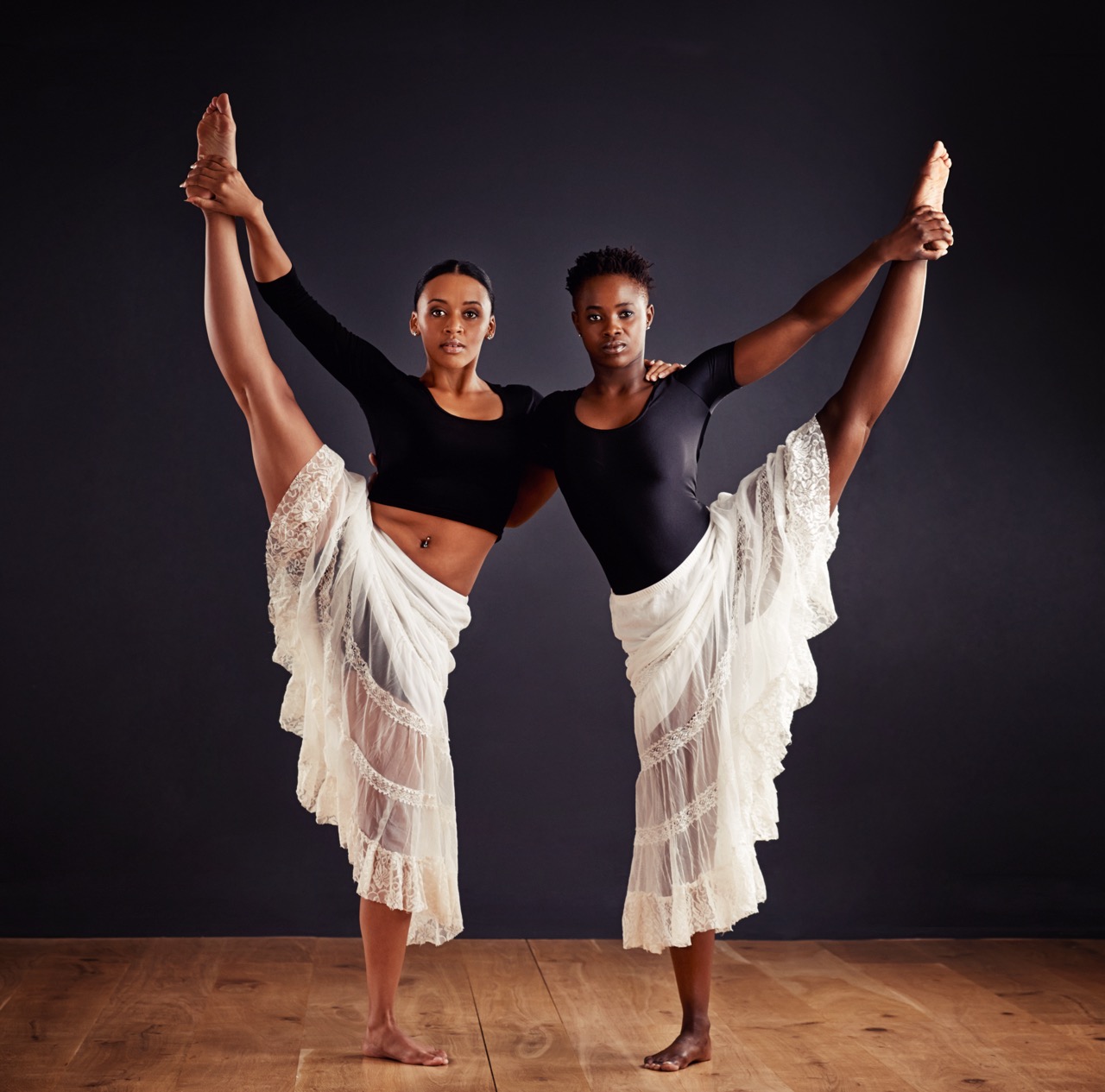In a world shaped by rapid technological advancements, the art of dance is undergoing a profound transformation. As artists and audiences alike adapt to new mediums, the traditional boundaries of performance are expanding. The digital age is not merely a backdrop; it is an evolving canvas where creativity meets innovation. This article delves into how technology is redefining dance, exploring the rise of virtual platforms, the interplay between choreography and code, and the emergence of a global dance community fostered by digital connections.
Embracing Technology: Dance Evolves in the Digital Era
The integration of technology into dance has ushered in a new era of creativity and expression. Dancers now have access to an array of digital tools that enhance their artistic capabilities. From motion capture to augmented reality, technology allows choreographers to visualize and manipulate movement in ways previously unimaginable. This evolution not only broadens the artistic palette but also challenges traditional notions of performance and audience engagement.
Moreover, the use of social media platforms has transformed how dance is shared and consumed. Dancers can now reach global audiences at the click of a button, democratizing access to performances and training resources. The viral nature of platforms like TikTok has also introduced new dance styles and trends, encouraging a participative culture where anyone can contribute to the dance narrative. This fusion of technology and dance encourages a dynamic exchange between creators and audiences, fostering a sense of community in the digital landscape.
However, embracing technology doesn’t come without challenges. As the line between live performance and digital content blurs, questions arise about authenticity and artistic integrity. Dancers must navigate the balance between harnessing technology for creative expression and preserving the essence of human movement. As the dance community continues to evolve, it must also critically engage with these complexities, ensuring that the art form remains rooted in its expressive origins.
From Stage to Screen: The Rise of Virtual Dance Platforms
As the global pandemic accelerated the shift to online platforms, the dance industry witnessed a monumental transition from traditional stages to virtual spaces. Streaming performances, online classes, and digital workshops have become commonplace, allowing dancers to reach audiences from their living rooms. This shift has not only provided a lifeline for artists during challenging times but has also opened new avenues for innovation in choreography and performance.
Virtual dance platforms allow for unprecedented collaborations between artists across geographical boundaries. Dancers can now work together in real-time through video conferencing technology, creating pieces that blend diverse styles and cultural influences. This fusion of perspectives enriches the creative process and broadens the narrative scope of dance, making it a more inclusive and multifaceted art form. Additionally, digital platforms enable choreographers to experiment with new formats that were previously impractical or impossible in live settings.
Despite the many advantages of digital platforms, the transition poses challenges in terms of audience engagement and the physicality of dance. The intimate connection that often defines live performances can be difficult to replicate through a screen. Producers and artists are continually exploring ways to enhance the online experience, incorporating interactive elements and innovative visuals to maintain viewer interest. As technology continues to advance, the future of dance in virtual spaces promises to be as dynamic and multifaceted as the art form itself.
Choreography and Code: The Intersection of Art and Tech
The fusion of choreography and technology is reimagining the creative process for dancers and choreographers alike. Innovations such as motion capture and generative design have introduced new dimensions to movement, allowing artists to experiment with how dance is created and experienced. Through coding, choreographers can now manipulate digital avatars, choreographing sequences that challenge the limitations of the human body while exploring the boundaries of the virtual world.
This intersection also raises intriguing questions about authorship and creativity. In a landscape where algorithms play a role in generating movement, the definition of choreography evolves. Artists must navigate the balance between human intuition and machine learning, creating a dialogue between the two. As such, the integration of technology in dance not only enhances the artistic process but also leads to deeper philosophical inquiries regarding the essence of creativity and the role of the artist.
Furthermore, the growing interest in dance technology has led to the emergence of specialized educational programs and workshops aimed at bridging the gap between art and tech. Dancers are increasingly being trained in digital literacy alongside traditional dance techniques, empowering them to harness technology as a creative tool. This convergence equips the next generation of artists with the skills needed to navigate a rapidly changing landscape, ensuring that dance remains vibrant and relevant in the digital age.
The Global Dance Community: Connecting Through Digital Spaces
The digital age has made it possible for dancers from all corners of the globe to connect, collaborate, and share their work. Online platforms have fostered a sense of community that transcends geographical boundaries, enabling dancers to engage in exchanges of ideas, styles, and cultures. This interconnectedness has led to the flourishing of global dance trends, as artists draw inspiration from diverse influences and experiences.
Social media has played a pivotal role in this connectivity, allowing dancers to showcase their work and connect with peers and audiences worldwide. Hashtags, challenges, and viral trends create a sense of belonging among dancers, encouraging them to participate in a larger narrative. This sense of community is especially vital for emerging artists, who can gain visibility and mentorship through virtual networks that may not have been available in their local contexts.
The global dance community’s digital expansion also raises important questions about cultural appropriation and representation. As styles and movements circulate across borders, it is essential for artists to engage with cultural sensitivity and respect. Balancing global influences with local traditions will be crucial in maintaining the integrity and depth of the art form. As the dance community continues to thrive in the digital age, it must strive to celebrate diversity while fostering a shared appreciation for the universal language of movement.
The future of dance in the digital age is an exciting tapestry woven from threads of innovation, collaboration, and artistic exploration. As technology continues to evolve, so too will the art of dance, pushing boundaries and redefining what it means to perform. The rise of virtual platforms, the intersection of art and technology, and the emergence of a global community all point to a vibrant future filled with possibilities. As we navigate this new landscape, it is crucial for artists to remain engaged with the evolving nature of their craft, ensuring that the essence of dance—its ability to express, connect, and inspire—remains at the forefront of this digital revolution.









